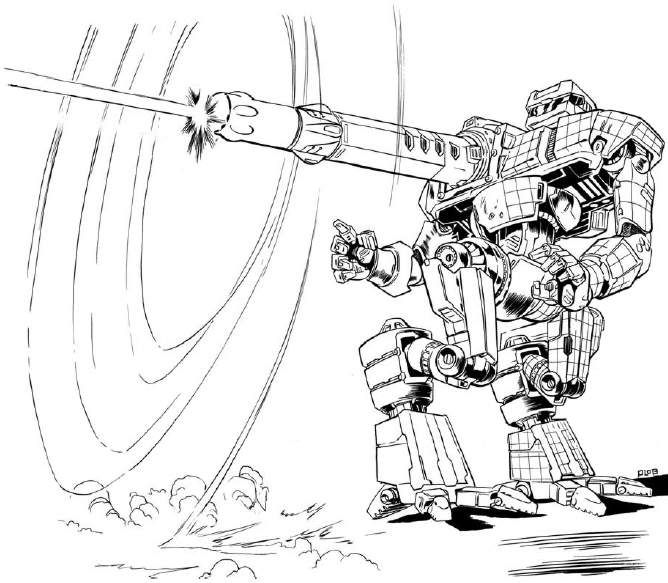TT turns are stated to represent 10 seconds of combat.
30 is the absolute heat capacity (with progressively harder rolls to avoid shutdown and ammo explosions as you get closer to it).
Movement generates 1 (walking) or 2 (running) or X (for X number of hexes moved with JJ).
Heat is dissipated at the end of the turn, and heat penalties after the dissipation. Any heat generated that's under your dissipation is thus effectively neutral.
The best point of comparison, given that MWO doesn't use the 10 second scale for gameplay reasons, is to look at various tactics and compare them functionally. For example:
Assuming 10 DHS (20 Dissipation):
2 PPC's fired continuously, while stationary, is heat neutral. Movement in addition results in heat generation.
1 ERPPC is Neutral.
2 ERPPC while stationary generates 10 heat (30%)
2 LLAS is neutral.
2 ERLLAS while stationary generates 4 heat (13%)
6 MLAS is neutral. 7 MLAS generates 1 heat (3%).
And so on. From this point, look at which situations are balanced and which are not. A single Heat neutral ERPPC, for no extra tonnage invested in heat sinks, sounds OK to me. 2 ERPPC's will result in shutdown after 3 continuous shots. Also ok to me.
6 MLAS being heat neutral for no extra tonnage in heat sinks sounds OP to me.
And so on.
This gives a format for approaching heat balance. Adjust heat as needed for each weapons cooldown and perceived power level.
Now, some things about heat sinks need adjusted for this to work. First, all mechs need to have the same base heat capacity. This means getting rid of the "2.0 heat for sinks in engine, 1.4 extrenal" business. Just normalize it. Otherwise, light mechs with small engine ratings are needlessly penalized. Also, SHS/DHS need balanced. Personally, I'm a fan of the suggestion I've seen around to have SHS increase capacity, but have DHS increase dissipation. Different hardware for different purposes.
Edited by RandomLurker, 09 October 2013 - 07:17 PM.
 John Wolf, on 09 October 2013 - 06:21 PM, said:
John Wolf, on 09 October 2013 - 06:21 PM, said:























